In the realm of American agriculture, few crops can claim the illustrious legacy and distinct flavor profile that the Virginia peanut holds. Known for its unique balance of sweetness and saltiness, this remarkable legume has captured the hearts and taste buds of countless individuals across the nation. In this article, we will delve into the captivating world of the Virginia peanut, exploring its origins, cultivation methods, nutritional benefits, and culinary applications. Join us on this crunchy adventure as we unravel the secrets behind America’s favorite legume. The Origins of Virginia Peanut: The journey of the Virginia peanut began several centuries ago on the shores of Virginia, specifically in the Tidewater region. Native American tribes cultivated these small yet mighty peanuts long before the arrival of European settlers. The exceptional flavor and versatility of the Virginia peanut quickly caught the attention of early colonists, establishing it as a staple crop in the region.
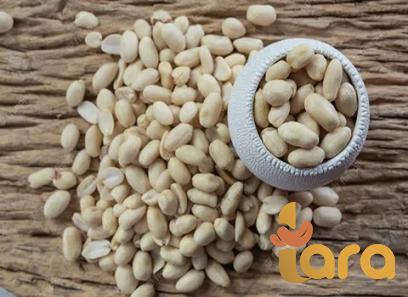
.
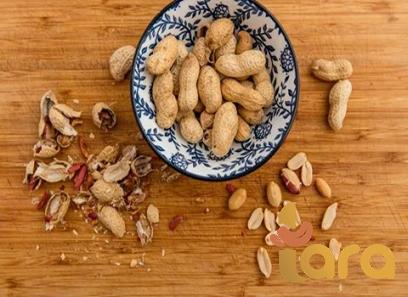 Cultivation and Harvesting Techniques: Virginia peanuts thrive in sandy, well-drained soils that allow for optimal growth and ease of harvesting. This is particularly favorable in southeastern Virginia, where the majority of the crop is cultivated. The process of cultivating Virginia peanuts begins with planting the seeds in early spring, when the soil temperature reaches a suitable level. Farmers employ various techniques to ensure the success of the crop, such as utilizing crop rotation, controlling pests, and providing adequate irrigation.
Cultivation and Harvesting Techniques: Virginia peanuts thrive in sandy, well-drained soils that allow for optimal growth and ease of harvesting. This is particularly favorable in southeastern Virginia, where the majority of the crop is cultivated. The process of cultivating Virginia peanuts begins with planting the seeds in early spring, when the soil temperature reaches a suitable level. Farmers employ various techniques to ensure the success of the crop, such as utilizing crop rotation, controlling pests, and providing adequate irrigation.
..
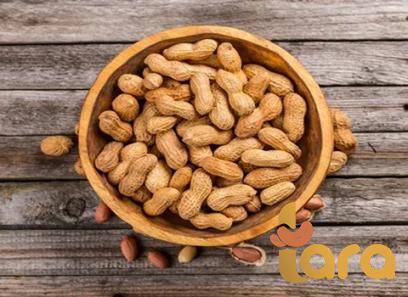 With a growing period of 120 to 130 days, Virginia peanuts require consistent attention and care until they reach maturity. Harvesting is typically carried out in late summer or early fall, when the plants begin to exhibit signs of maturity. Traditionally, farmers employed handpicking methods to pluck the peanut pods from the earth. However, mechanized harvesting methods have become increasingly popular due to their efficiency and cost-effectiveness. Nutritional Profile: Virginia peanuts pack a powerful nutritional punch, making them an excellent addition to a balanced diet. These legumes are an excellent source of plant-based protein, containing around 7 grams per 1-ounce serving. Additionally, they are rich in monounsaturated fats, which can help lower bad cholesterol levels and reduce the risk of heart disease. Furthermore, Virginia peanuts are an abundant source of essential vitamins and minerals.
With a growing period of 120 to 130 days, Virginia peanuts require consistent attention and care until they reach maturity. Harvesting is typically carried out in late summer or early fall, when the plants begin to exhibit signs of maturity. Traditionally, farmers employed handpicking methods to pluck the peanut pods from the earth. However, mechanized harvesting methods have become increasingly popular due to their efficiency and cost-effectiveness. Nutritional Profile: Virginia peanuts pack a powerful nutritional punch, making them an excellent addition to a balanced diet. These legumes are an excellent source of plant-based protein, containing around 7 grams per 1-ounce serving. Additionally, they are rich in monounsaturated fats, which can help lower bad cholesterol levels and reduce the risk of heart disease. Furthermore, Virginia peanuts are an abundant source of essential vitamins and minerals.
…
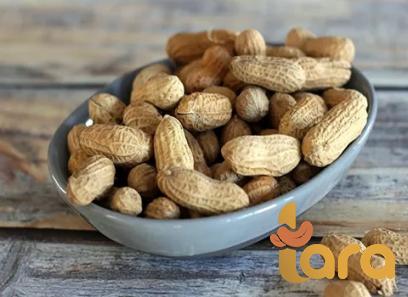 They are particularly high in vitamin E, which acts as an antioxidant, protecting the body’s cells from damage caused by free radicals. They also contain significant levels of folate, niacin, and magnesium, contributing to overall health and well-being. Culinary Applications and Popular Recipes: With its delightful combination of sweetness and saltiness, the Virginia peanut is a versatile ingredient in countless culinary applications. From traditional Southern recipes to satisfying snacks and even gourmet delicacies, this legume can be incorporated into numerous dishes, both savory and sweet. Peanut Brittle: One classic recipe that showcases the flavors of Virginia peanuts is peanut brittle. This crispy treat combines the nutty goodness of roasted peanuts with a sweet caramelized sugar coating. The resulting brittle is a perfect blend of flavors and textures, making it a beloved choice for snacking and gift-giving. Peanut Dip and Sauces: Whether used in savory dips or as a key ingredient in sauces, Virginia peanuts add a distinctive taste and texture to these culinary creations. From peanut satay sauce to peanut butter and chocolate dip, the possibilities are endless.
They are particularly high in vitamin E, which acts as an antioxidant, protecting the body’s cells from damage caused by free radicals. They also contain significant levels of folate, niacin, and magnesium, contributing to overall health and well-being. Culinary Applications and Popular Recipes: With its delightful combination of sweetness and saltiness, the Virginia peanut is a versatile ingredient in countless culinary applications. From traditional Southern recipes to satisfying snacks and even gourmet delicacies, this legume can be incorporated into numerous dishes, both savory and sweet. Peanut Brittle: One classic recipe that showcases the flavors of Virginia peanuts is peanut brittle. This crispy treat combines the nutty goodness of roasted peanuts with a sweet caramelized sugar coating. The resulting brittle is a perfect blend of flavors and textures, making it a beloved choice for snacking and gift-giving. Peanut Dip and Sauces: Whether used in savory dips or as a key ingredient in sauces, Virginia peanuts add a distinctive taste and texture to these culinary creations. From peanut satay sauce to peanut butter and chocolate dip, the possibilities are endless.

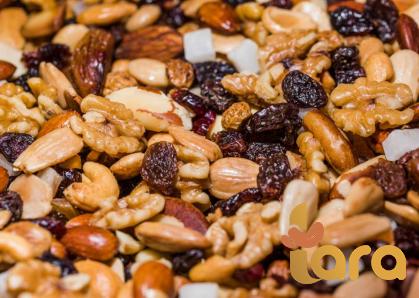
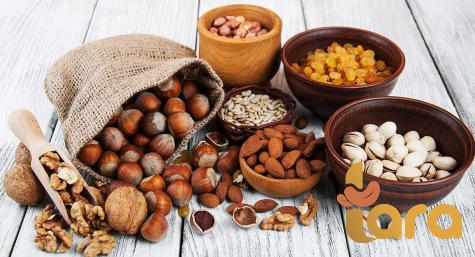
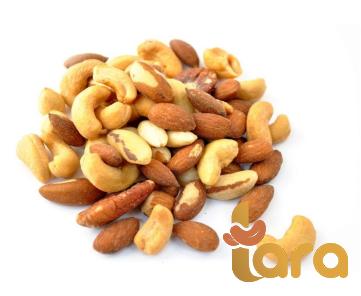
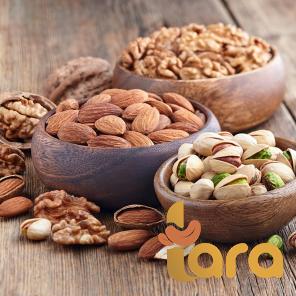
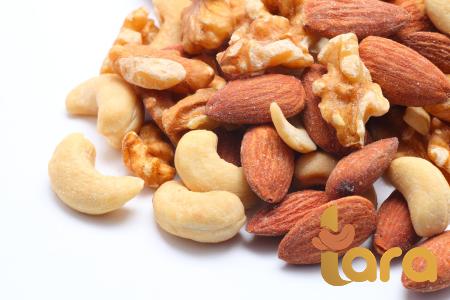
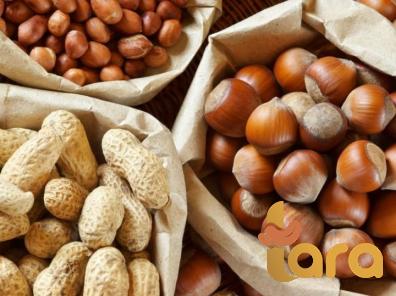
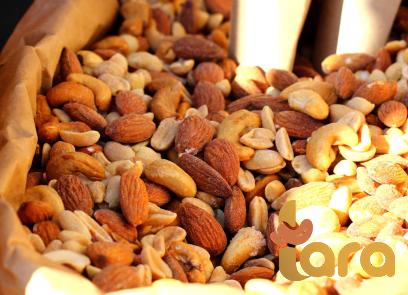
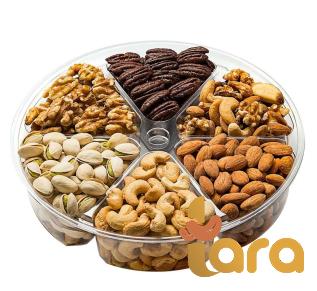
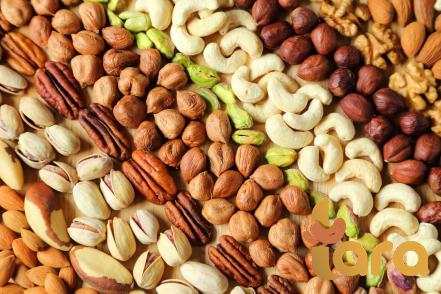
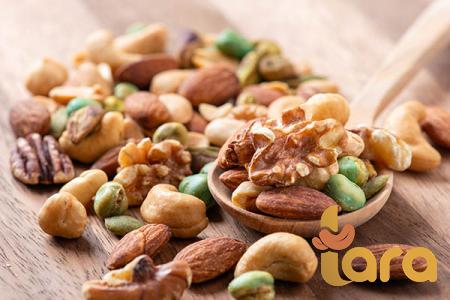
Your comment submitted.